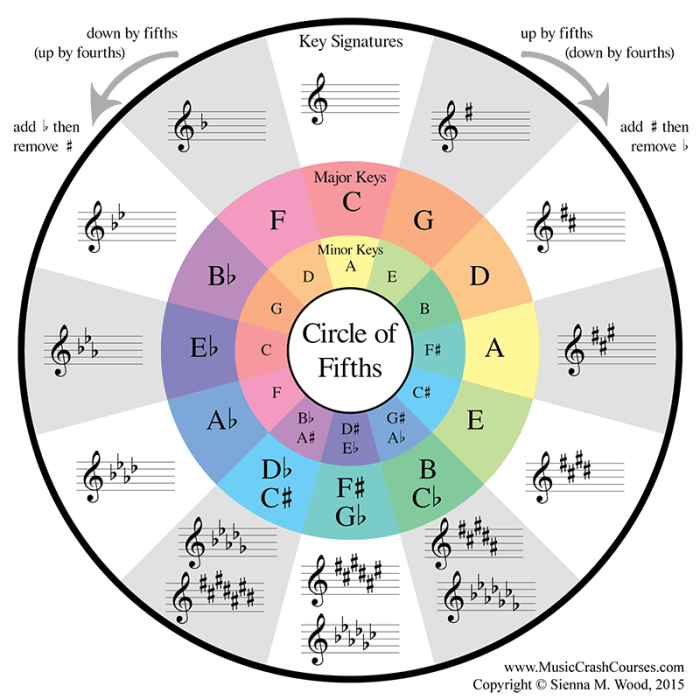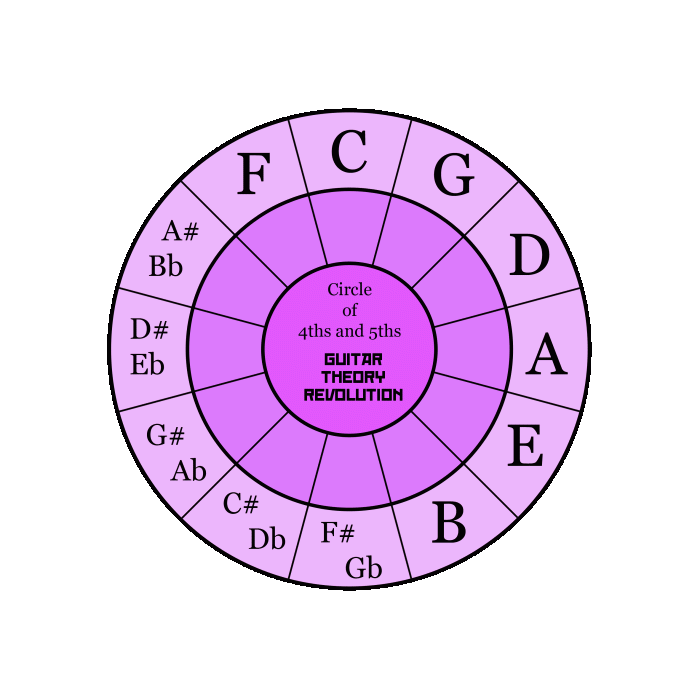Measuring harmonic 4ths and 5ths answers – Measuring harmonic 4ths and 5ths is a crucial aspect of music theory and practice, providing a foundation for accurate tuning and harmonious compositions. This guide delves into the theoretical foundations, techniques, applications, and advanced considerations involved in measuring these intervals.
From the mathematical ratios that define their sound to the practical methods used to measure them, this comprehensive resource covers the essential knowledge and skills required for precise harmonic interval measurement.
1. Measuring Harmonic 4ths and 5ths
Theoretical Foundation
Harmonic intervals are defined by specific mathematical ratios that determine their unique sound characteristics. Harmonic 4ths have a ratio of 4:3, while harmonic 5ths have a ratio of 3:2. These ratios result from the overtone series, a natural phenomenon where higher frequencies (overtones) are multiples of the fundamental frequency.
The physical properties of sound waves produce these intervals. The frequency of a sound wave is inversely proportional to its wavelength. Therefore, a harmonic 4th has a frequency 4/3 times higher than the fundamental, and a harmonic 5th has a frequency 3/2 times higher.
| Interval | Ratio | Frequency | Wavelength |
|---|---|---|---|
| Harmonic 4th | 4:3 | 4/3 x Fundamental | 3/4 x Fundamental |
| Harmonic 5th | 3:2 | 3/2 x Fundamental | 2/3 x Fundamental |
2. Techniques for Measuring Harmonic 4ths and 5ths

Using Tuning Forks
Tuning forks are calibrated to specific frequencies and can be used to measure harmonic intervals. By striking two tuning forks simultaneously, the resulting beats can be counted to determine the interval between them. A 4th will produce 4 beats per second, while a 5th will produce 3 beats per second.
Using Electronic Tuners
Electronic tuners use a microphone to detect the frequency of a sound wave and display the corresponding pitch. Most tuners can measure harmonic intervals by detecting the beat frequency between the input signal and an internal reference signal.
Beat Frequency Analysis
Beat frequency analysis is a technique that measures the difference between two frequencies. When two sound waves with slightly different frequencies are played together, the resulting waveform will have a periodic variation in amplitude known as a beat. The beat frequency is equal to the difference between the two frequencies.
By measuring the beat frequency between a known reference frequency and an unknown frequency, the unknown frequency can be determined. This principle is used in electronic tuners to measure harmonic intervals.
3. Applications of Harmonic 4th and 5th Measurement: Measuring Harmonic 4ths And 5ths Answers

Music Theory and Composition
Harmonic 4ths and 5ths are fundamental building blocks of Western music. They are used to create chords, melodies, and harmonies. The consonance of these intervals makes them pleasing to the ear and essential for creating musical balance.
Tuning Musical Instruments, Measuring harmonic 4ths and 5ths answers
Harmonic intervals are used to tune musical instruments. By adjusting the tension or length of strings, wind instruments, or other components, musicians can ensure that the instruments are in tune with each other.
Acoustics and Audio Engineering
Harmonic interval measurement is used in acoustics to study the behavior of sound waves. It is also used in audio engineering to design and optimize sound systems, such as those used in concert halls and recording studios.
4. Advanced Considerations in Harmonic 4th and 5th Measurement

Effects of Temperature and Humidity
Temperature and humidity can affect the accuracy of harmonic interval measurements. Changes in temperature can alter the speed of sound, which can affect the frequencies of sound waves. Similarly, changes in humidity can affect the density of air, which can also impact sound wave frequencies.
Statistical Analysis and Data Visualization
Statistical analysis and data visualization can be used to evaluate the accuracy and precision of harmonic interval measurements. By analyzing the distribution of measurements, outliers can be identified and the reliability of the results can be assessed.
Emerging Technologies and Techniques
Emerging technologies and techniques, such as high-resolution spectral analysis and machine learning algorithms, are being developed to improve the accuracy and efficiency of harmonic interval measurement.
Helpful Answers
What is the mathematical ratio that defines a harmonic 4th?
The mathematical ratio that defines a harmonic 4th is 4:3.
What is the physical property of sound waves that produces a harmonic 5th?
The physical property of sound waves that produces a harmonic 5th is the ratio of their frequencies, which is 3:2.
What is the most accurate method for measuring harmonic intervals?
The most accurate method for measuring harmonic intervals is beat frequency analysis, which involves measuring the frequency difference between two slightly detuned notes.